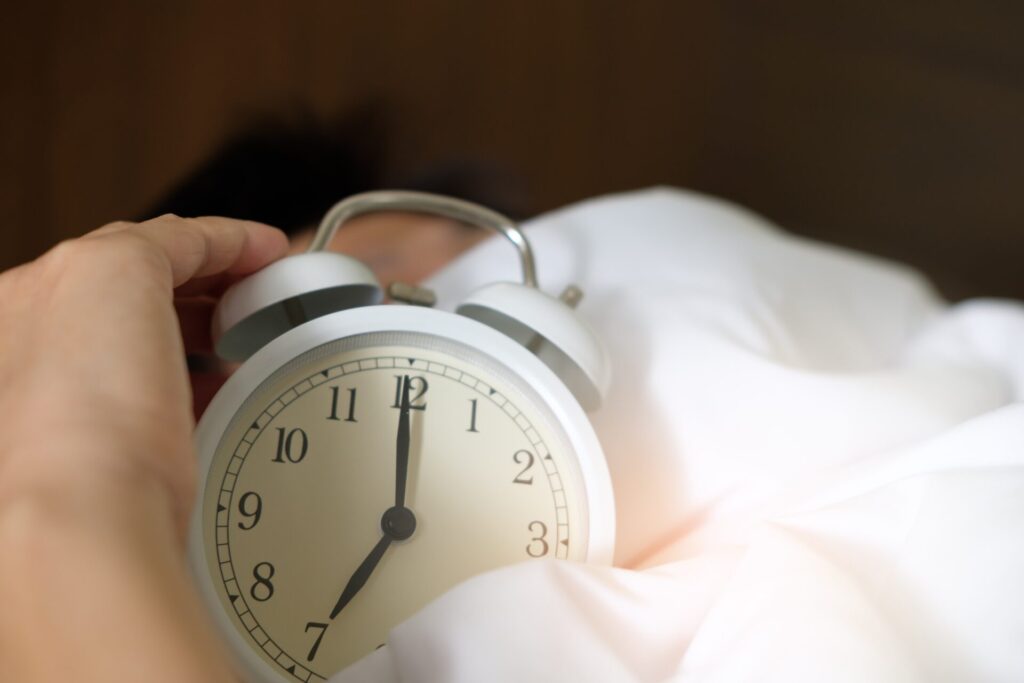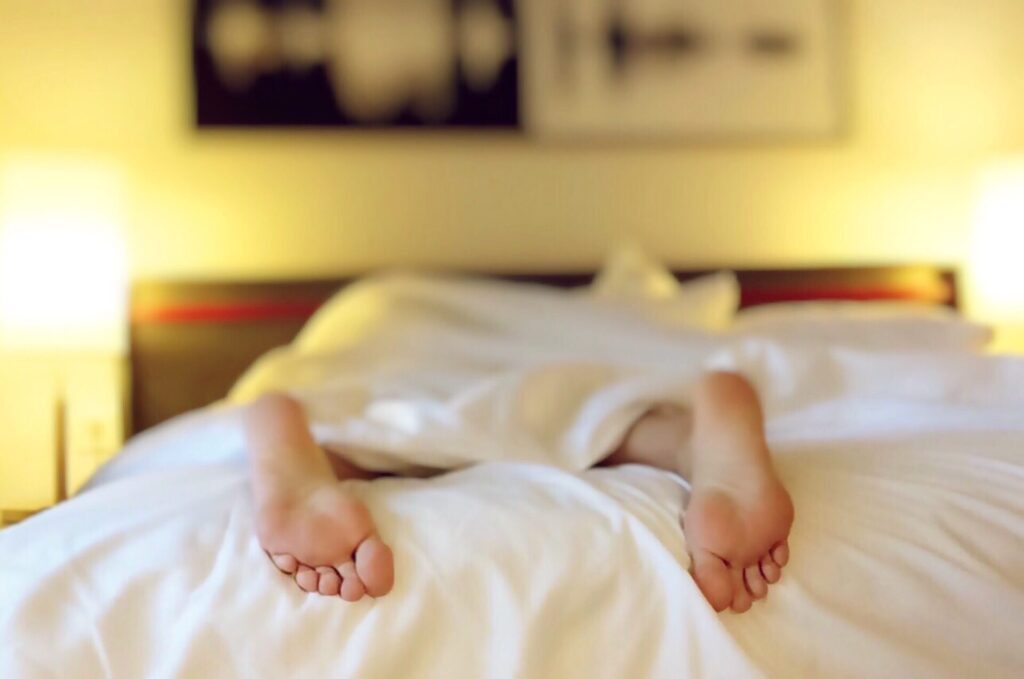Work
How Sleep Apnea Affects Your Ability to Work
How to be more effective when having Sleep Apnea
Published
3 years agoon
By
Mario
Sleep disturbances are medical conditions that can seriously harm a person’s health and way of life. However, other factors besides lifestyle are impacted by sleep disorders. When a person has a severe sleep issue, even their career is put at risk.
There are various reasons why you should ensure that you and any employees you may have been refreshed and not experiencing the negative consequences of poor sleep or, worse, sleep loss caused by obstructive sleep apnea (OSA).
Employment and Job Performance May Be Affected by Sleep Apnea
What is Sleep Apnea?
Millions of individuals worldwide are affected by the sleeping ailment known as sleep apnea, which frequently goes untreated. People with sleep issues also deal with the implications it has on their daily lives. When a patient has sleep apnea, their breathing stops for approximately ten seconds.
By this time, the body has realized that the blood’s oxygen level is low. This causes the body to awaken and gasp for air due to the brain’s reaction. The person could experience breathing difficulties and wake up hot, panting, and anxious.
This incident can frequently occur during the night, preventing the person from getting a whole night’s rest and sleep. “Picture a plastic bag wrapped around your head and falling into a pool.”
Risk Factors & Symptoms of Sleep Apnea

Even though sleep apnea can harm people of diverse ages, genders, and physical characteristics, including kids, women, seniors, and men, several general factors can increase one’s risk of having (or aggravating) the condition.
- Sleep Apnea Daytime Signs and Symptoms Could Include:
- Excessive sleepiness during the day
- Memory loss and mental confusion
- Ineffective performance and concentration
- Fatigue and exhaustion
- Daytime headache
- Reduced sex desire and impotence
- Irritability
- Depression
- Having Gastro-Esophageal Reflux (GERD)
Sleep Apnea Nighttime Signs and Symptoms Could Include:

- Snoring: sporadic and paused
- Gasping or snoring while you’re asleep
- Waking up choked or gasping
- Breathing pauses known as apnea
- Frequent awakening
- Insomnia
- Sweating
- Continuous bedtime urination and sleep disruption
These impacts may hinder someone’s productivity at work. An individual with sleep apnea feels drowsy and exhausted when they report to work in the morning. They lack both energy and motivation for their work.
Their output suffers, they feel agitated and gloomy due to their restless body, and their performance suffers from their inability to focus and finish activities. They also become more sensitive and quickly irritated.
Due to the impacts of sleep apnea, a once productive person may now find it difficult to advance in their profession and find work.
How Is Sleep Apnea Diagnosed?

Based on the apnea-hypopnea index (AHI), we must identify if an individual is losing oxygen while sleeping to assess if they have obstructive sleep apnea.
If someone stops breathing for ten seconds or more while you’re asleep, it’s called sleep apnea. If your companion doesn’t speak this out, you can wake up frequently throughout the night to “collect your breath.”
Thanks to advances in technology that prioritize the patient quality of life, we can now effectively identify obstructive sleep apnea using a disposable at-home sleep study, commonly known as a sleep test, which may be performed at home.
Wearing a small device on your finger and placing a sensor on your chest allows you to let the machine take care of the rest while we correctly track your activity in the cloud.
Which Industries of Work Were Mostly Affected by Sleep Apnea?
Considering Sleep Apnea is a sleep condition, its prevalence may be greater among people who work graveyard or night shifts, are on call, or aren’t able to enjoy the convenience of regular schedules. Let’s examine the occupations that are most significantly affected:
CMV (Commercial Motor Vehicle) or CDL (Commercial Driver’s License) Truck Drivers
The Federal Motor Carrier Safety Administration (FMCSA) and the American Transportation Research Institute of the American Trucking Associations funded a study by the University of Pennsylvania that found that nearly one-third (28%) of corporate truck drivers suffer from moderate to severe sleep apnea.
Truck drivers are among the occupations most at risk for OSA due to their lengthy workdays on the road and frequent use of stimulants to stay awake for extended periods.
These factors, along with a frequently sedentary lifestyle, put these people at such a high risk that CPAP therapy is commonly required in order even to be allowed to operate a commercial motor vehicle (CMV) in interstate commerce.
Shift Workers
The rate of sleep disorders is so high among those who work irregular hours, such as split shifts, graveyard shifts, early morning shifts, or rotating shifts, that the name “Shift Work Sleep Disorder” has been developed (SWSD).
According to the Cleveland Clinic, between 10 and 40% of shift workers suffer from SWSD. Additionally, as was already noted, those who have continuously changing schedules are more likely to be impacted because their circadian rhythms constantly change.
Security guards, physicians, nurses, firefighters, emergency medical technicians, pilots, air traffic controllers, members of the active military, and police officers fall under this category. I believe we can all agree that it would be ideal for the people mentioned above to be well-rested and in excellent bodily and mental health.
Occupational Workers
The people who develop and operate the goods and infrastructure that keep the world turning—those who work in OSHA (Occupational Safety and Health Administration)-required industries like construction or manufacturing—face significant occupational dangers every day.
And even if these regulatory authorities implement safety regulations whenever and whenever they can, they don’t sleep next to each employee to determine whether they have a sleep condition. Another study report indicated that, compared to controls, workers with OSA had approximately double the likelihood of experiencing a work accident.
Fortunately, the leading medical cause of excessive daytime drowsiness (EDS) and auto accidents is obstructive sleep apnea.
How is Sleep Apnea Treated?

A CPAP (continuous positive airway pressure) medication and your CPAP gear, which consists of CPAP equipment (or APAP or BiPAP machine) and a CPAP mask, are required once you have your at-home sleep findings. Your sleep specialist can remotely access your treatments while recommending how much positive airway pressure (PAP, or the “P” in CPAP) you require for therapy.
You might be obliged to submit CPAP compliance documentation to a governing body, or merely the company itself, as one of the numerous people in the impacted fields (either as an employee or employer).
We’ve simplified the procedure from examination and assessment to adherence and therapy monitoring because, for some people, this can be daunting and potentially lead to quitting therapy.
To Sum it Up:
There is no excuse for letting sleep apnea interfere with your life, given the advanced options for treatment available today. The first step you should take if you have sleep apnea or suspect that you have is to arrange a visit with a sleep expert.
A sleep study will be carried out to identify the condition and choose the best course of action. The most well-known kind of treatment is the continuous positive airway pressure (CPAP) machine, which continuously blows air into the airways to assist patients in breathing and getting a good night’s sleep.
Oral appliance therapy, which uses a dental tool to maintain the airway open for undisturbed breathing and sleep, is a more contemporary substitute.
You may like

Best Problem-Solving Strategies In Business

How to Start Affiliate Marketing Through Amazon

How to Plan A Wedding On A Budget

10 Reasons Why Budgeting Is Important


